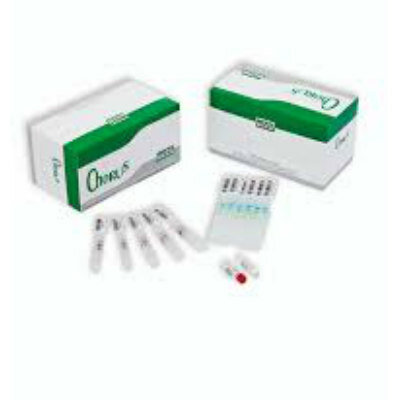Winter Respiratory Infections Linked to Vitamin D Levels
By LabMedica International staff writers
Posted on 30 Jun 2010
The increased incidence of influenza and other viral respiratory tract infections during the winter months may be linked to decreased levels of vitamin D.Posted on 30 Jun 2010
Investigators at the Yale University School of Medicine (New Haven, CT, USA) determined serial monthly concentrations of 25-hydroxyvitamin D during the fall and winter 2009–2010 in 198 healthy adults, who did not know which serum components were being measured. The participants were evaluated for the development of any acute respiratory tract infections by investigators who did not know the patients' 25-hydroxyvitamin D concentrations.
Results published in the June 14, 2010, online edition of the journal PloS ONE revealed that 18 participants maintained vitamin D levels of 38 ng/mL or higher during the study period. Of this group only three (16.6 %) developed viral infections. Of the 180 other participants, 81 (45 %) developed viral infections. Those with the higher vitamin D levels also experienced a marked reduction in the number of days required to recover from their respiratory infections.
The investigators concluded that, "Maintenance of a 25-hydroxyvitamin D serum concentration of 38 ng/mL or higher should significantly reduce the incidence of acute viral respiratory tract infections and the burden of illness caused thereby, at least during the fall and winter in temperate zones. The findings of the present study provide direction for and call for future interventional studies examining the efficacy of vitamin D supplementation in reducing the incidence and severity of specific viral infections, including influenza.”
Related Links:
Yale University School of Medicine








 (3) (1).png)




